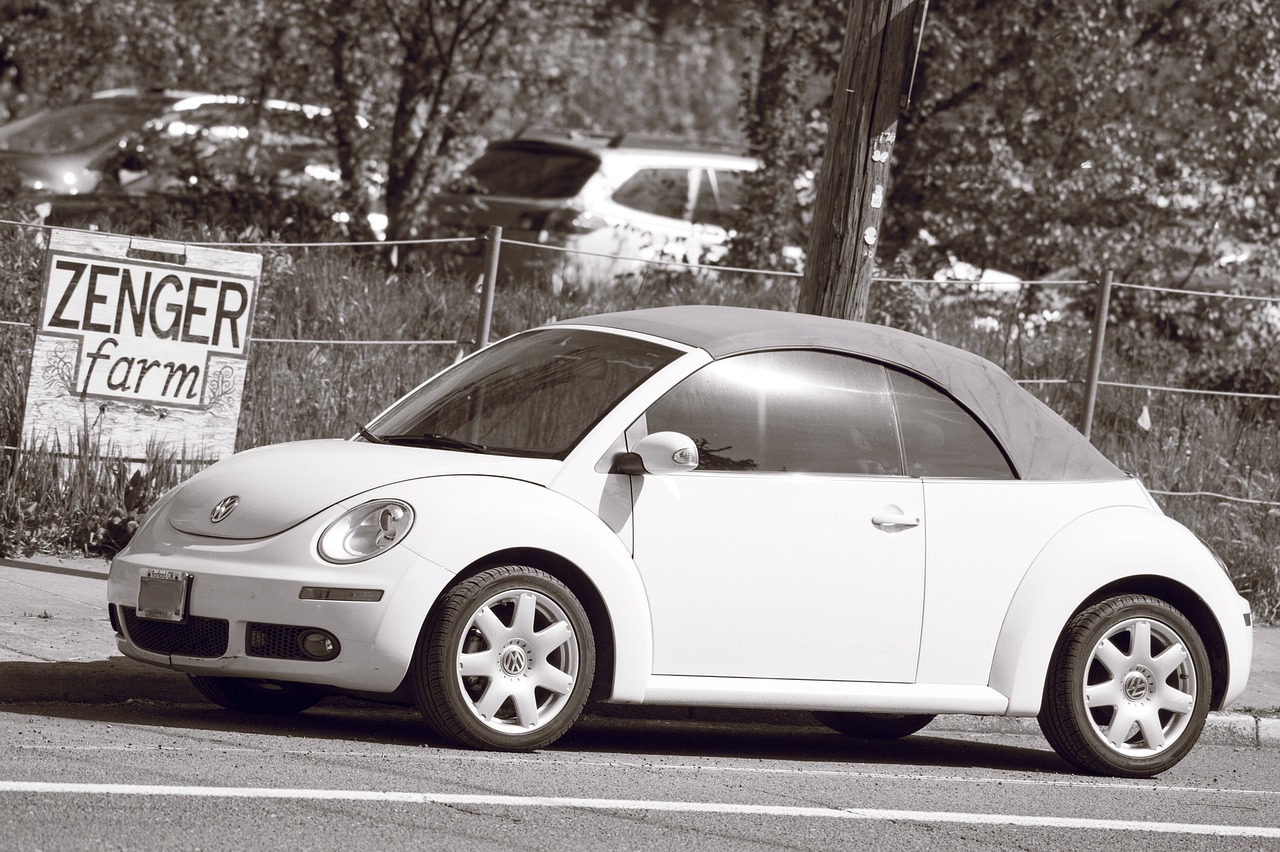Analyzing the Economics of Green Athletic Facility Construction: Business Insights: 11xplay reddy login registration, Gold365 login, Skyfairs new id
11xplay reddy login registration, gold365 login, Skyfairs New ID: Analyzing the Economics of Green Athletic Facility Construction: Business Insights
The construction of athletic facilities, whether for professional sports teams, school campuses, or community centers, requires careful consideration of various factors. One emerging trend in the realm of construction is the focus on green building practices. Green athletic facility construction involves incorporating sustainable materials and energy-efficient design principles to minimize environmental impact.
But beyond the environmental benefits, what are the economic implications of green athletic facility construction? In this article, we’ll delve into the business insights of analyzing the economics of building green sports facilities.
1. Initial Costs vs. Long-Term Savings
When it comes to constructing green athletic facilities, one of the primary considerations is the initial cost. Green building materials and technologies may come at a higher price point compared to traditional construction methods. However, it’s crucial to look beyond the upfront expenses and consider the long-term savings that can be achieved through energy efficiency and reduced maintenance costs.
2. Energy Efficiency
One of the key advantages of green athletic facility construction is the focus on energy efficiency. By incorporating features such as solar panels, LED lighting, and high-performance insulation, green buildings can significantly reduce energy consumption, resulting in lower utility bills over time.
3. Environmental Impact
In addition to cost savings, green athletic facilities can also help reduce their environmental impact. By utilizing sustainable materials and designing for energy efficiency, these buildings can lower their carbon footprint and contribute to a healthier planet.
4. Brand Image and Reputation
Green construction practices can also enhance the brand image and reputation of athletic facilities. Consumers are increasingly conscious of environmental issues, and showcasing a commitment to sustainability can attract environmentally conscious patrons and stakeholders.
5. Government Incentives
Many governments offer incentives and rebates for green building projects, including athletic facilities. By taking advantage of these programs, organizations can offset some of the initial costs associated with green construction.
6. Market Demand
The demand for green buildings is on the rise, with consumers and tenants actively seeking out environmentally friendly spaces. By investing in green athletic facilities, organizations can appeal to a broader market and potentially command higher rental rates or ticket prices.
Ultimately, analyzing the economics of green athletic facility construction requires a comprehensive understanding of both the upfront costs and long-term benefits. By considering factors such as energy efficiency, environmental impact, brand image, government incentives, and market demand, organizations can make informed decisions about incorporating green building practices into their construction projects.
FAQs
Q: Are green athletic facilities more expensive to build than traditional facilities?
A: While the initial costs of green building materials and technologies may be higher, the long-term savings in energy efficiency and maintenance costs can offset these expenses.
Q: What government incentives are available for green athletic facility construction?
A: Many governments offer incentives and rebates for green building projects, such as tax credits, grants, and low-interest loans.
Q: How can green athletic facilities benefit from market demand?
A: Consumers and tenants are increasingly seeking out environmentally friendly spaces, making green athletic facilities more attractive and potentially more profitable in the market.







